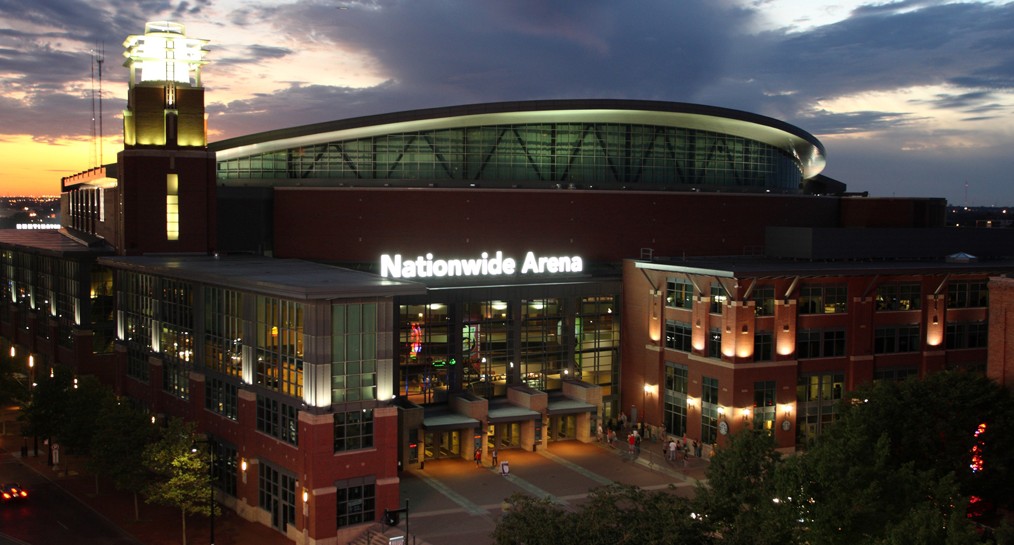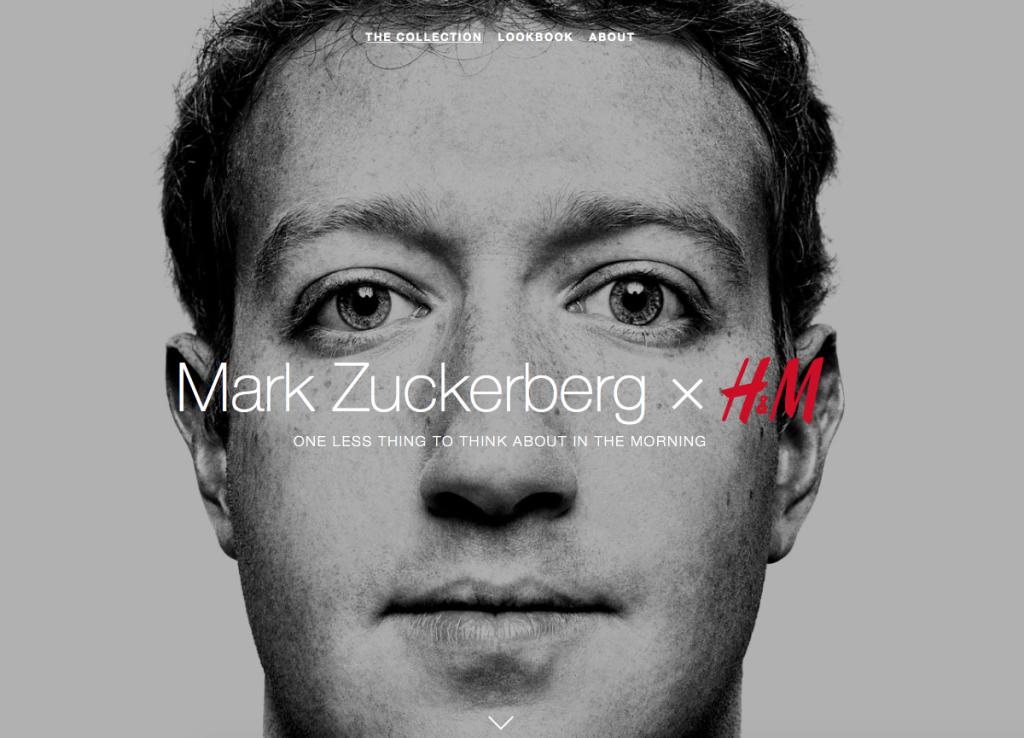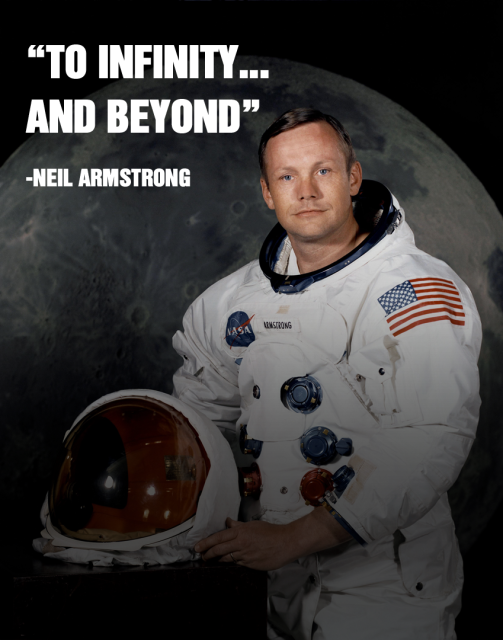Brace yourselves. The Oculus Rift and PlayStationVR are coming. By the end of this winter, virtual reality experts and prognosticators are indicating that the industry could grow to $6.7 billion.
It’s difficult to know exactly how the market will eventually mature—predictions are running all the way up to $70 billion by 2020—but one thing is for certain: VR technology consistently awes consumers with each experience like an episode of Game of Thrones.
But as the industry develops, content creators, vendors, hobbyists and enthusiasts alike face one curtailing problem—products and devices can immediately be rendered useless as the technology gets more sophisticated.
How can an entire industry combat a potentially fatal blow by pricing themselves out from consumers?
Yuval Boger, the CEO of Sensics, a developer and manufacturer of high-performance VR goggles, is supporting the vastly developing VR community through Open Source Virtual Reality. OSVR is designed to encourage the growth of VR headsets and other hardware, software and content to a more polished state that can be available to everyone, from the hackers to the general consumer.
“The philosophy behind OSVR is to give consumers choice, what hardware platform to run, and at what cost,” Boger told [a]listdaily. “We’re building a software infrastructure to plug whatever comes in, and just have it work.”
Companies as big as Intel, Ubisoft and Razer are already involved, and since it was unveiled at CES 2015, they’ve brought on more than 300 partners.
Boger joined [a]listdaily for a wide-ranging interview to discuss how OSVR is enabling an entire industry.
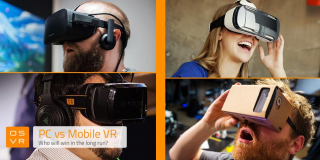
VR has evolved immensely in the last few years. What have you learned?
One of the things we’ve learned over the years at Sensics working with car companies like Renault, GM, and Honda, with major defense contractors, there are many issues that have been slowly solved, like ‘how do you do tracking on a personal level and wide-area space? What can you do to control latency? How much field of view is good enough? What kind of resolution do you need to make it realistic?’ Now, we’re able to take some of that knowledge and bring it to the consumer world. We can take many of these lessons and bring them back to the mass-production world.
OSVR’s mission is to make VR affordable. What is the chief philosophy?
It’s to give consumer’s choice of what hardware platform to run, and at what cost. It also gives you a choice for peripherals, and to mix and match it. We’re trying to build a software infrastructure to plug whatever comes in, and just have it work.
How has the platform evolved?
The software platform has been out for a year, and a lot of partners have already joined. It has a lot of capabilities. An example of one is game engine integration into Unity, Unreal, SteamVR, which is key for game developers. We’re really giving a choice. We support over 200 different devices of which you can plug-in, and get to work on VR. It’s really enabling a whole class of new applications. We’re able to take the mass-produced components that we’ve done on the OSVR hardware and software framework and use them together to create a semi-custom solution to fit a particular need.

How does OSVR approach device abstraction?
Device abstraction is a key part of OSVR. The thought is you not having to worry about which particular eye tracker you’re using, as long as you create an eye tracker interface. When we looked across the eye trackers, it gives you the direction where you’re looking. Maybe it can give you an indication when you’ve blinked. But we don’t have to worry whether this comes from a different interface. Fundamentally, they’re all the same thing. Just like a printer is a printer regardless of how you ‘talk’ to it specifically.
How can content creators adapt to mobile?
Adapting games into VR takes some experience. You have to figure out how to make people comfortable with the experience, where the camera is, and so forth. There is a learning curve and some experimentation, and we don’t have all of the results and knowledge yet to create the best experiences. But that’s true for every new medium. However, the efforts and solutions are there.
What are the ways you’re using the momentum of VR to build out capability?
The excitement that we see in VR helps us attract additional people into the ecosystem, and I’m not just talking about vendors, but hobbyists and individuals interested as well.
How will VR change the retail experience? How can car manufactures incorporate VR throughout the development and sales process?
VR in cars is a really interesting topic. You can look at it from multiple angles. Some of our very first experiences with car companies were actually around the design side. ‘How does a car feel before you actually build it?’ so you can make the smart design decisions like where the GPS system, or sunroof, should be. Then, there is the driving simulation. Imagine I have a teenage daughter, and before I give her my actual keys, I let her drive through a simulator. And then, of course, you can really change the car-buying experience, beginning from your own home, by making decisions like leather-versus-cloth, or a basic-versus-premium package.
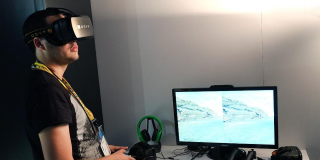
Experts indicate video gamers will be the early adopters of VR. Do you think game content will eventually own the market?
I think gaming is a great initial application. You might say gamers have a propensity to spend a little bit more. I think that’s going to drive the market for a while. Immersion is really key. But then you jump into a lot of other interesting, realistic applications, like training, education, remodeling, real estate, vacation destinations, among countless others. Over the years of which VR has been done, there’s been no shortage of people with ideas. What’s been missing is affordable VR.
What will it take for VR to become mass affordable? What are the challenges?
When you look at what it costs to get into VR as an end user, there’s a price range gap. On one hand, a Google Cardboard is $15, and on the other is an Oculus, where if you buy the bundle with the recommended PC, that’s a $1,500 solution. What if I bought a computer last year and I don’t want a new one? So one challenge is how to get people into the various price points. Another is to find the best applications for VR, and there’s a lot of experimentation. It’s exciting and scary at the same time. With all of these opportunities, sometimes we’re going to succeed, and sometimes we’re going to fail.
Follow Manouk Akopyan on Twitter @Manouk_Akopyan.



 How is MLG’s first stadium event different from anything in the past?
How is MLG’s first stadium event different from anything in the past?